Iceland & Norway
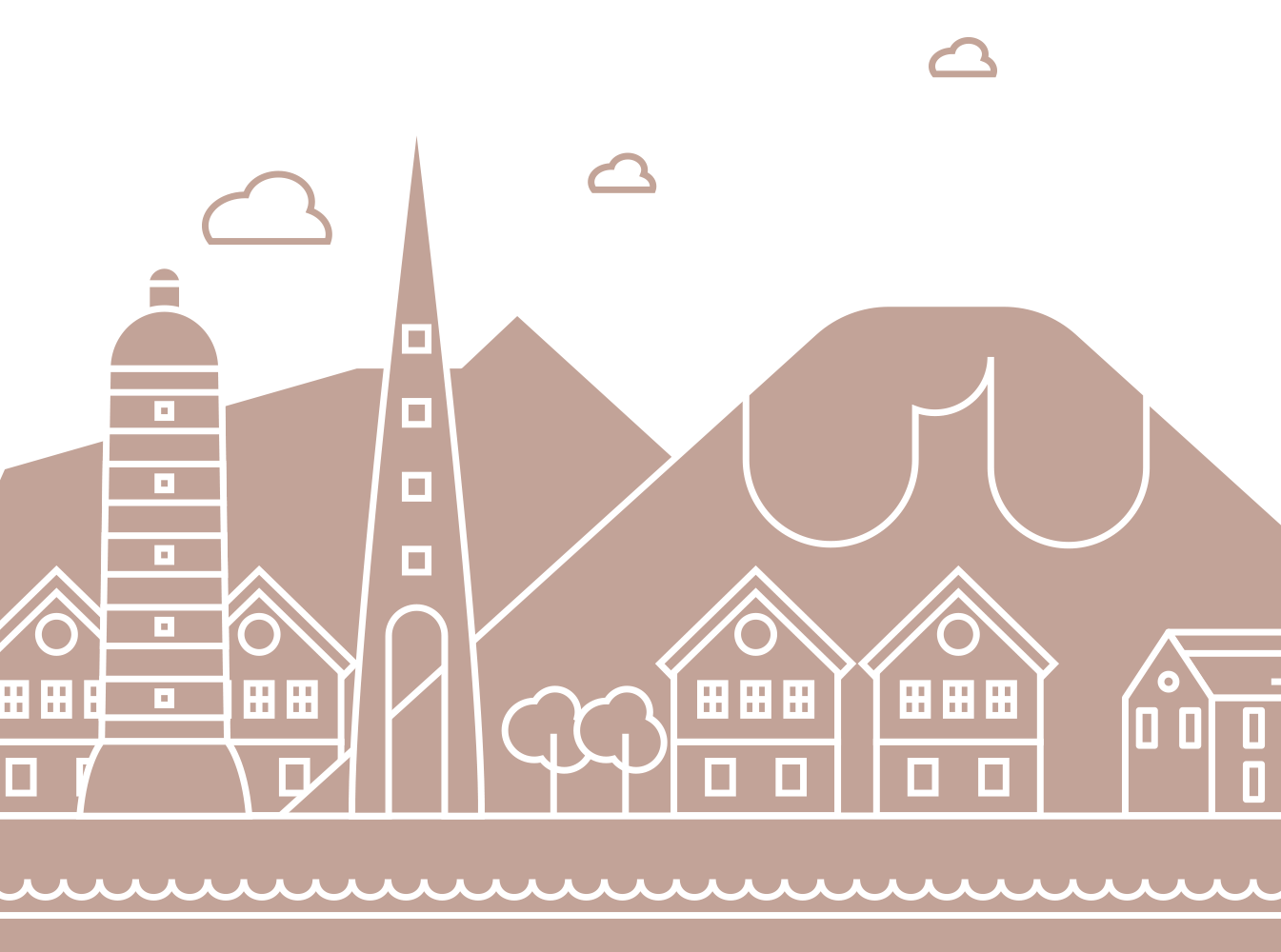
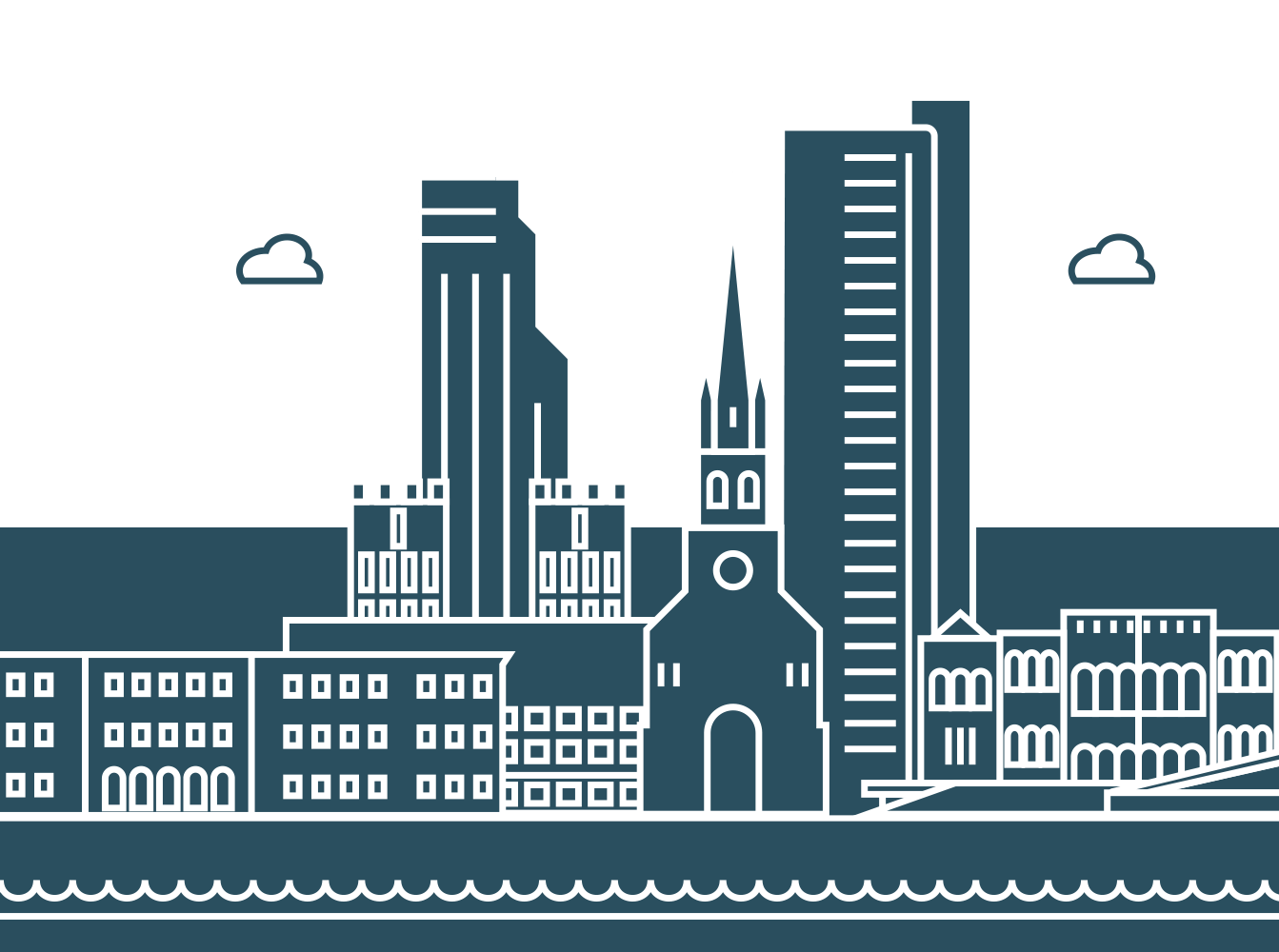
Unexpected cycling destinations
If there is one thing that unites all cyclists in their love of two wheels, it must be the feeling of freedom riding a bike offers from the very youngest age. This sense of freedom grows with the chance for adventure and travel, to get very close to nature, smell the grass, see the changing colors, feel the silence of the open road.
As amazing the chance is to ride in the hills above Santa Monica, through the Colorado Rockies, over the French Alps, and around Tuscan vineyards, never pass up the opportunity to explore less familiar cycling territories like Iceland and Norway.
Iceland, with around 330,000 inhabitants on a land area of 103,000 km², is the least densely populated European country, which should be music to the ears of anyone looking for quiet, near-carless roads. And though Norway has over 3 times the surface area, and a population of nearly 5.5 million people, it also offers a great selection of roads generally light on the traffic, especially if you are coming from someplace like London or Paris.
With beautiful natural features like fjords, volcanoes and snow-capped mountain peaks, they each promise amazing scenery to accompany the rides.
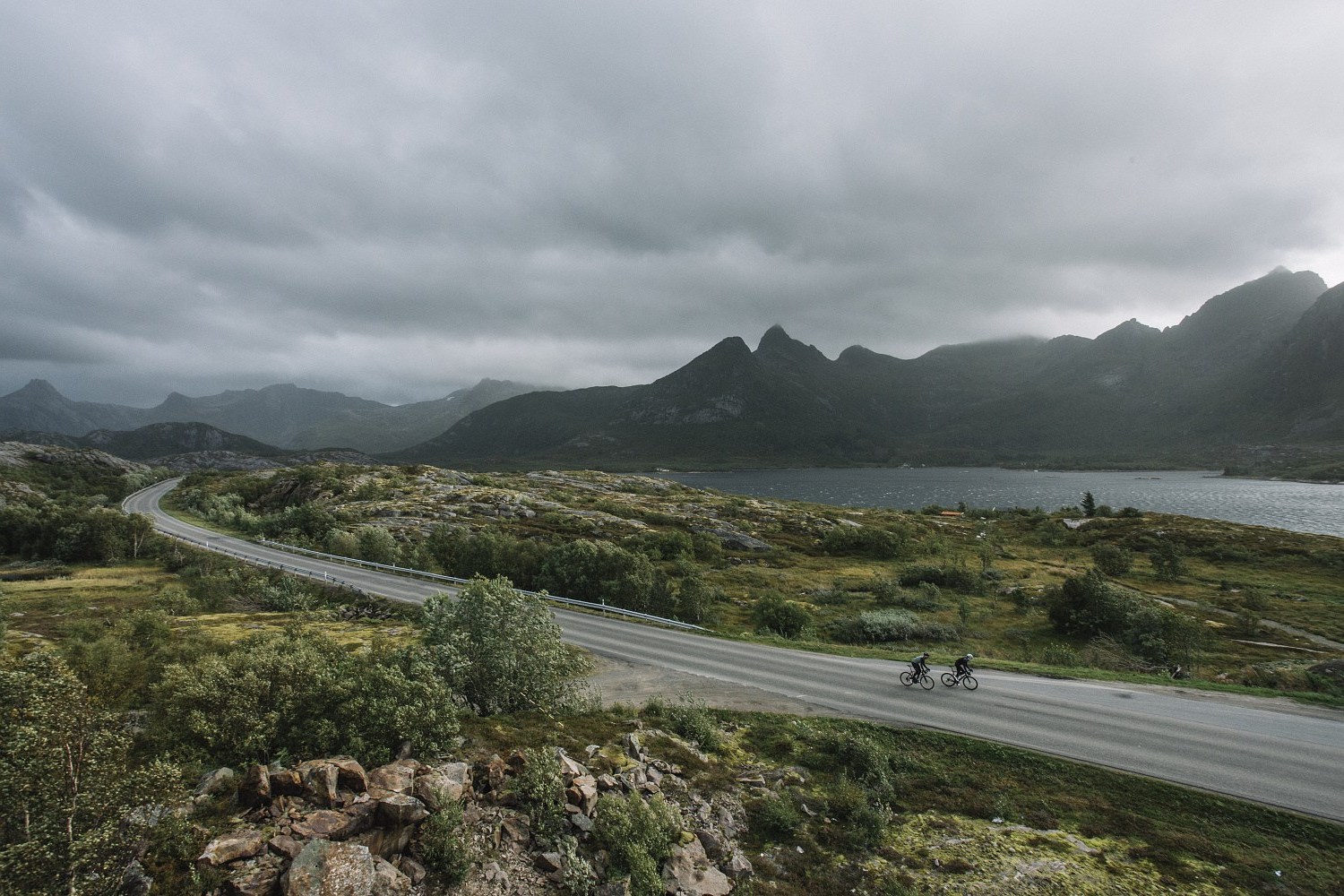

Weather
Better than the name implies, but still important to be prepared to dress warmly.
Best between May and September with mild days and typically sunny. Watch out for the rain!
Both have the benefit of the Midnight Sun in the summertime especially around the solstice.

Cycling in the Saga Island
VS.
THE Hall of the Mountain King
Cycling routes
In the interior of the country, there is little in terms of cycling infrastructure, but within Greater Reykjavik there are more than 100km of shared-use paths.
And riding around the Hvalfjord is quiet and highly recommended for cyclists.
This Scandinavian country does have an extensive network of cycling-friendly roads, include 10 National Cycling Routes. It can be challenging riding with mountainous regions to get over and tunnels to negotiate or fjords to ferry across.
Bike Shops
Ten and counting in Reykjavik, but the more towards the interior of the island you get, the fewer shops of any kind you’ll find.
Lots. Mostly near the areas of larger population like Oslo and Bergen, but there are even some sports shops as far north as Bodø which is 67° north.
Coffee shops
An island will always be more problematic in terms of gathering supplies, and though the few major towns have the sorts of shops and refueling stations that every cyclist needs, the further away from Reykjavik, the fewer and fewer opportunities there will be to get supplies or a quick espresso. So be prepared!
Similarly to the bike shops, you won’t have any trouble fueling up when close to a city or town center. But be prepared once venturing on longer days out away from population centers.
Connectivity
In this world of googlemaps and constant connectivity with our phones, it means that we have lost some of the charm of exploration, getting lost and finding new, perhaps better ways. But even with that in mind, it would be very hard to get lost in Iceland as a road cyclist there is basically one main road around the whole island.
For Norway, the Lofoten Archipelago provides practically foolproof cycle routes that pass by the beautiful fishing villages and with the famous Atlantic Ocean Road, it becomes harder and harder to get lost, but very easy to have beautiful views out to the Norwegian Sea.


Isadore in the Great North
Isadore has visited both countries and ridden some of the most spectacular roads. Any day spent on a bike is a good day, but important details can be gleaned from every ride.
Here’s a breakdown of the Isadore experience.
Days in each country
Kilometers ridden
 0
0
Punctures fixed

Coffees consumed

Rainy days
Water sports

Isadore kit - up for the challenge
Enjoying every ride is always the goal. Low traffic levels in both countries and friendly natives meant that the only thing that could put a damper on the day would be the weather.
Coming with the right kit meant the Isadore team could ride no matter the weather, which even in August proved challenging, especially in Norway. Riding along the National Lofoten Route wind and rain played a factor, but with the Isadore team kitted out in their Sector Long Sleeve Jerseys they were able to stay comfortable. Its Windtex® heat regulating softshell membrane with Thermerino fabric on the sides and inner panels offers protection from even subzero temperatures.
August in Iceland proved less wet, but still rather cool at the beginning of early morning rides. There the Shield Long Sleeve Jersey proved perfect, made from Merino bi-component material. Warm and breathable, it is the ideal piece of kit for trans-seasonal days with changeable weather forecasts.
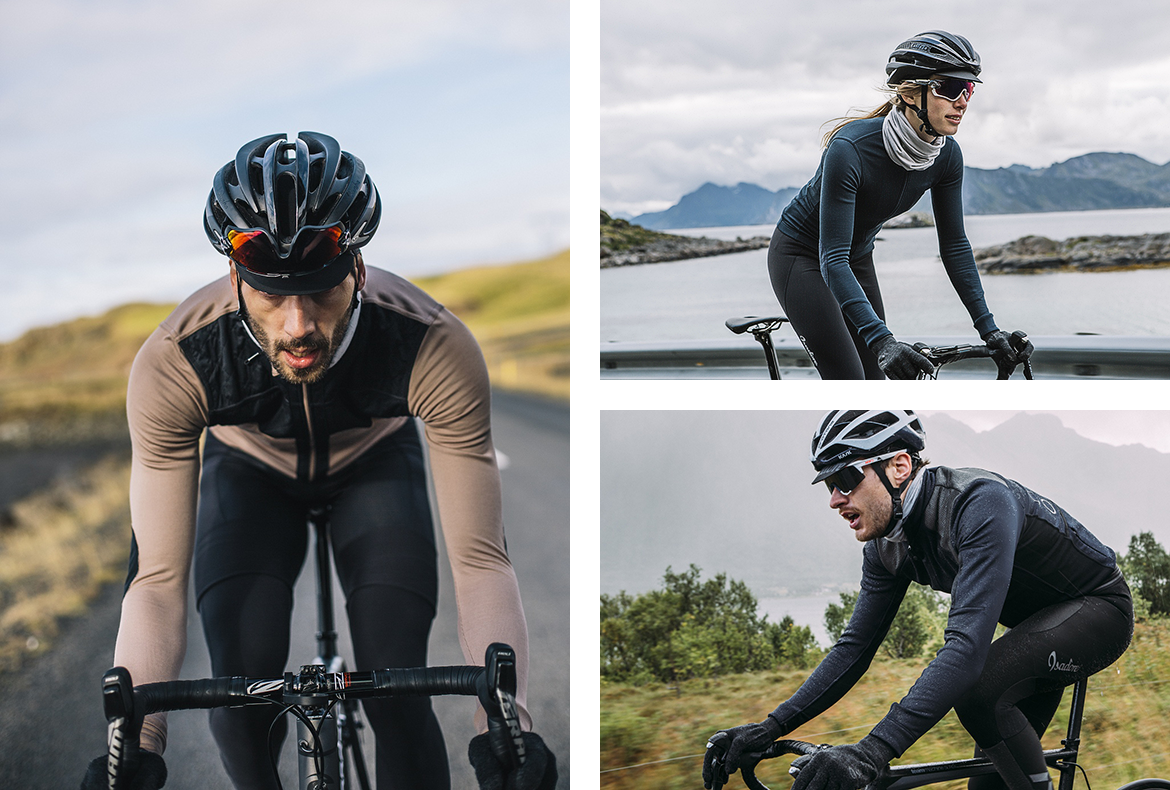
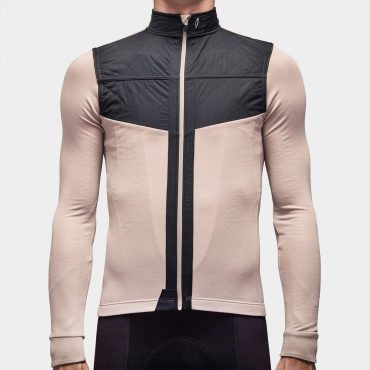
Long Sleeve Shield Jersey Etherea 1.0
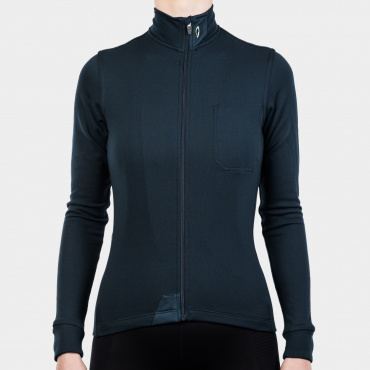
Women's Long Sleeve Jersey Midnight Navy 1.0
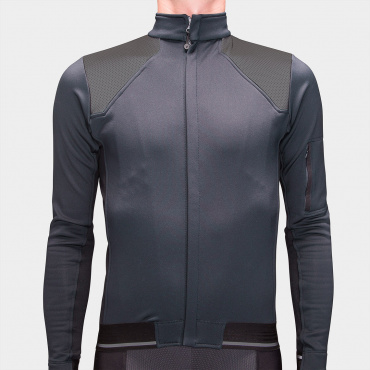
Sector Jacket Navy Blue / Black Men 1.0
Overall Happiness Factor
Never too hot or too cold, enjoying the roads less taken, smelling the wood burning in the fireplaces, there is no doubt that both Norway and Iceland scored full points on the Happiness Index for the Isadore crew. Friendly people in both countries were happy to befriend the cyclists and marvel at the crazy crew hanging out of the van taking photos and videos of the riders in all weather.
Coastline
(according to the World Fact Book)

Number of volcanoes
*with Katla being among the largest. The Grímsvötn erupted in May 2011 disrupting air travel for many days, and impacting, among others, professional cyclists travelling to races.

Number of Fjords
* including a couple near Reykjavik that offer wonderful cycling opportunities.
** including two of the longest in the world - the Hardangerfjord and the Sognefjord.






